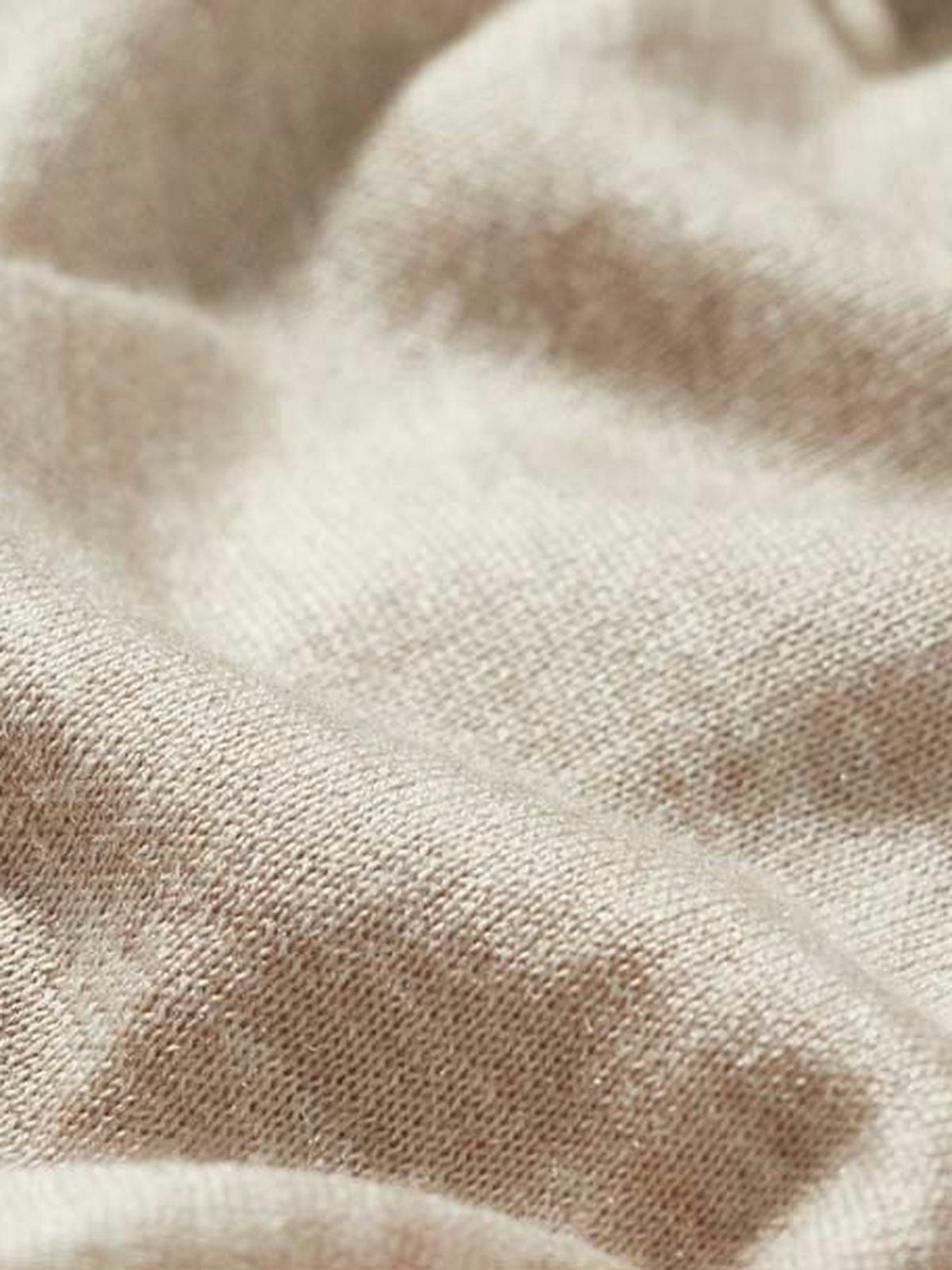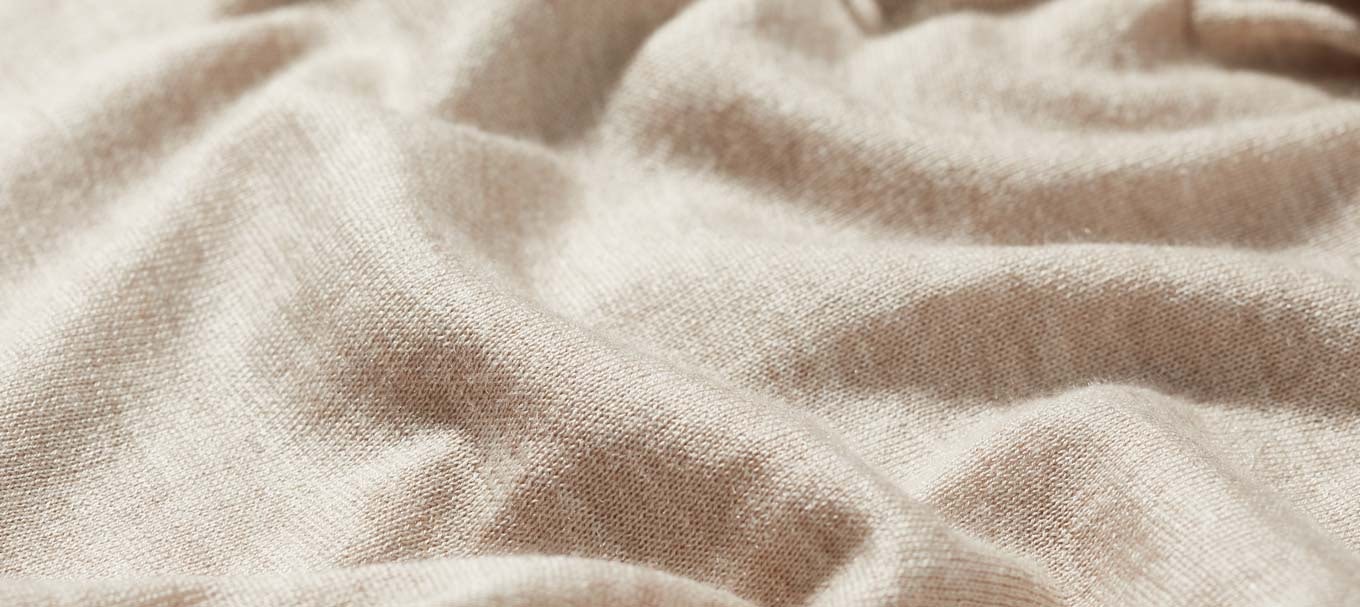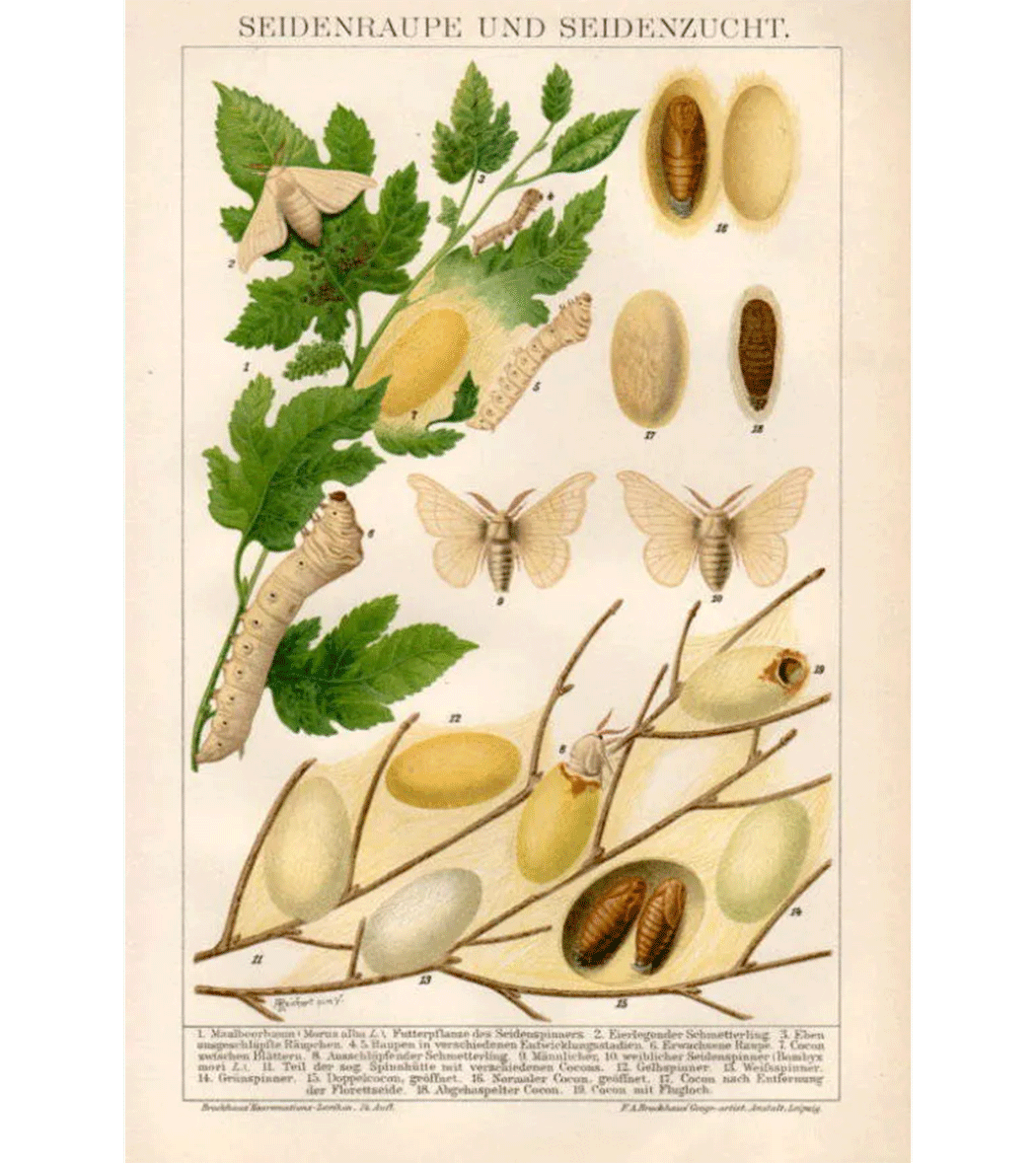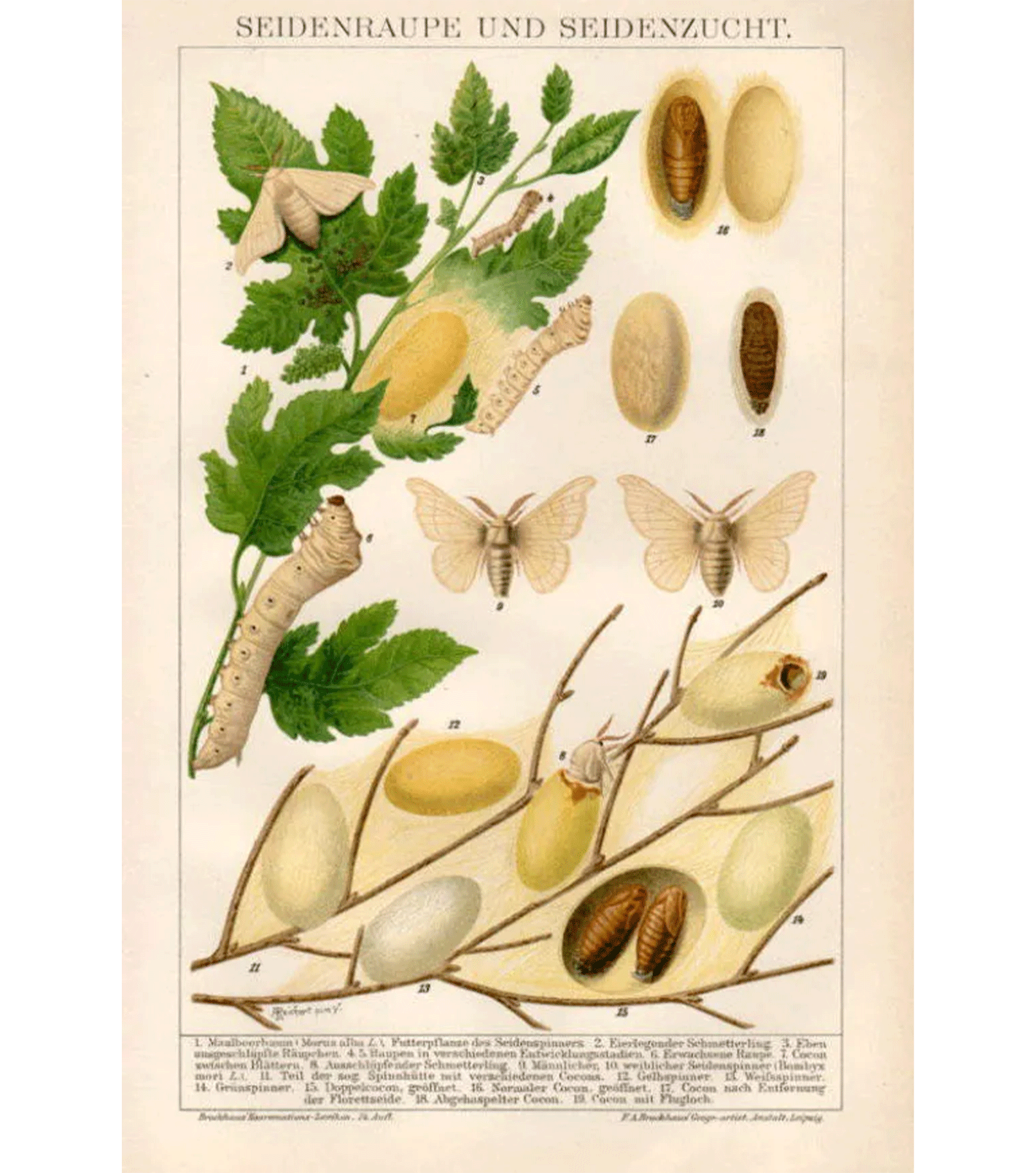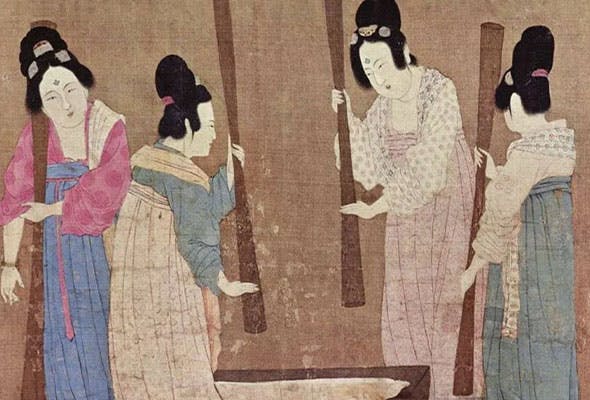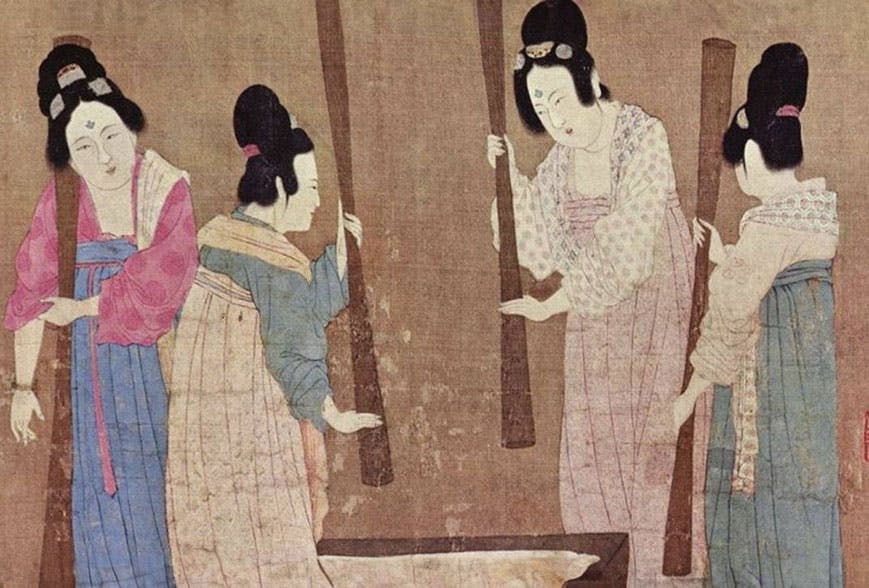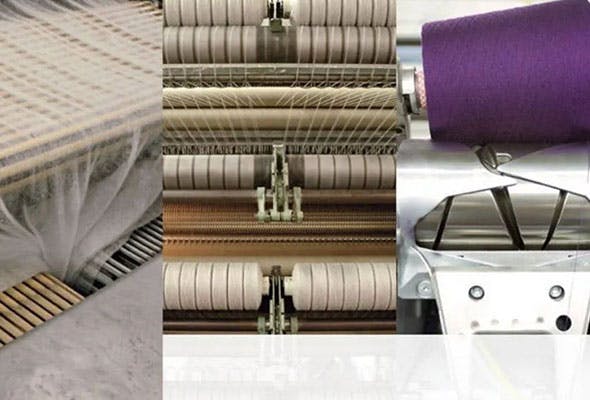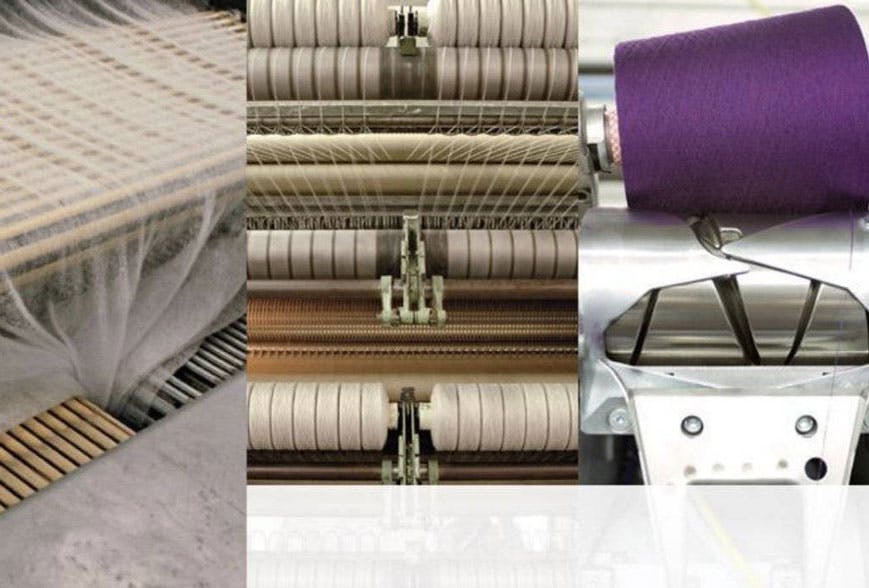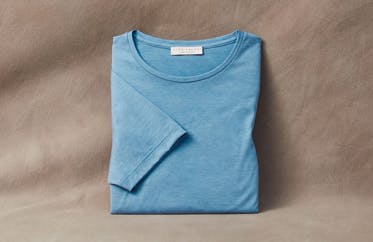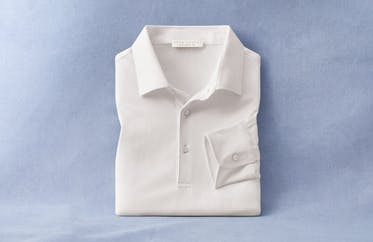
Our Silk-Cotton Polo Shirt: The Amalfi
Taking its name from the Italian coast, our silk-cotton Amalfi Polo Shirt comes in nine shades: from rich lava red to classic ocean blue to emerald green – hues which lend themselves well to year-round wear. Not only is it set to become your failsafe on casual days, but it’s at the same time a stand-alone piece for elegant evening occasions.
But it’s the luxuriously soft and smooth fabric that’s the real star here. We’ve engineered this cloth with skilled Italian craftsmen in the know and it’s undergone rigorous testing from start to finish to ensure it goes the distance.
We thought we’d give you the lowdown on why this practical and luxurious fabric deserves a place in your wardrobe.
